MIRRORLIAR FILMS is a filmmaking project for short films launched by Takayuki Yamada, Shinnosuke Abe, and Chikara Ito to discover and nurture filmmakers. 36 directors from a wide range of genres made films under the theme of “change.” Endangered Species by Nozaki-kun is one of the 36 films and depicts a world of vampires, zombies, and humans with gentleness and a hint of malice. We shed light on the production of this work and how he shaped his worldview.
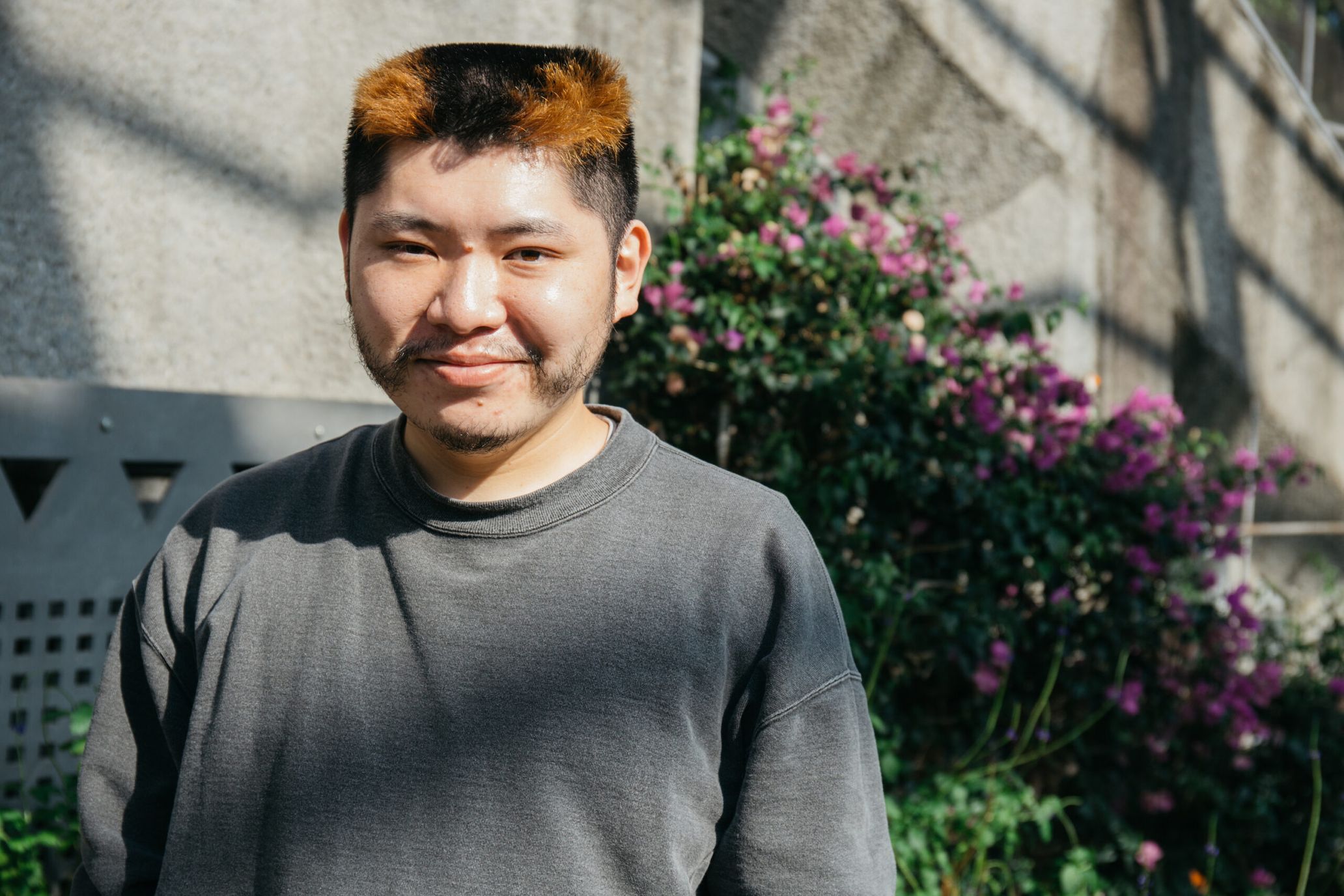
Hirotaka Nozaki, aka Nozaki-kun, spends his days making films while visiting zoos and aquariums as his daily routines. He completed his first theatrically released short film as part of the omnibus filmmaking project undertaken by MIRRORLIAR FILMS. The concept behind his 15-minute film, Endangered Species, is to look at the minority in the majority group, a perspective on children, a love of zombies, vampires, and creatures, and a depiction of a zoo, which evokes Nozaki’s originality as an artist and his fetishism. In this interview, we zeroed in on the background of Endangered Species and got a closer look at the real Nozaki-kun, who is still a bit of a mystery.

AEON ENTERTAINMENT CO.,LTD/T-JOY NAKACHIKA
©️2021 MIRRORLIAR FILMS PROJECT
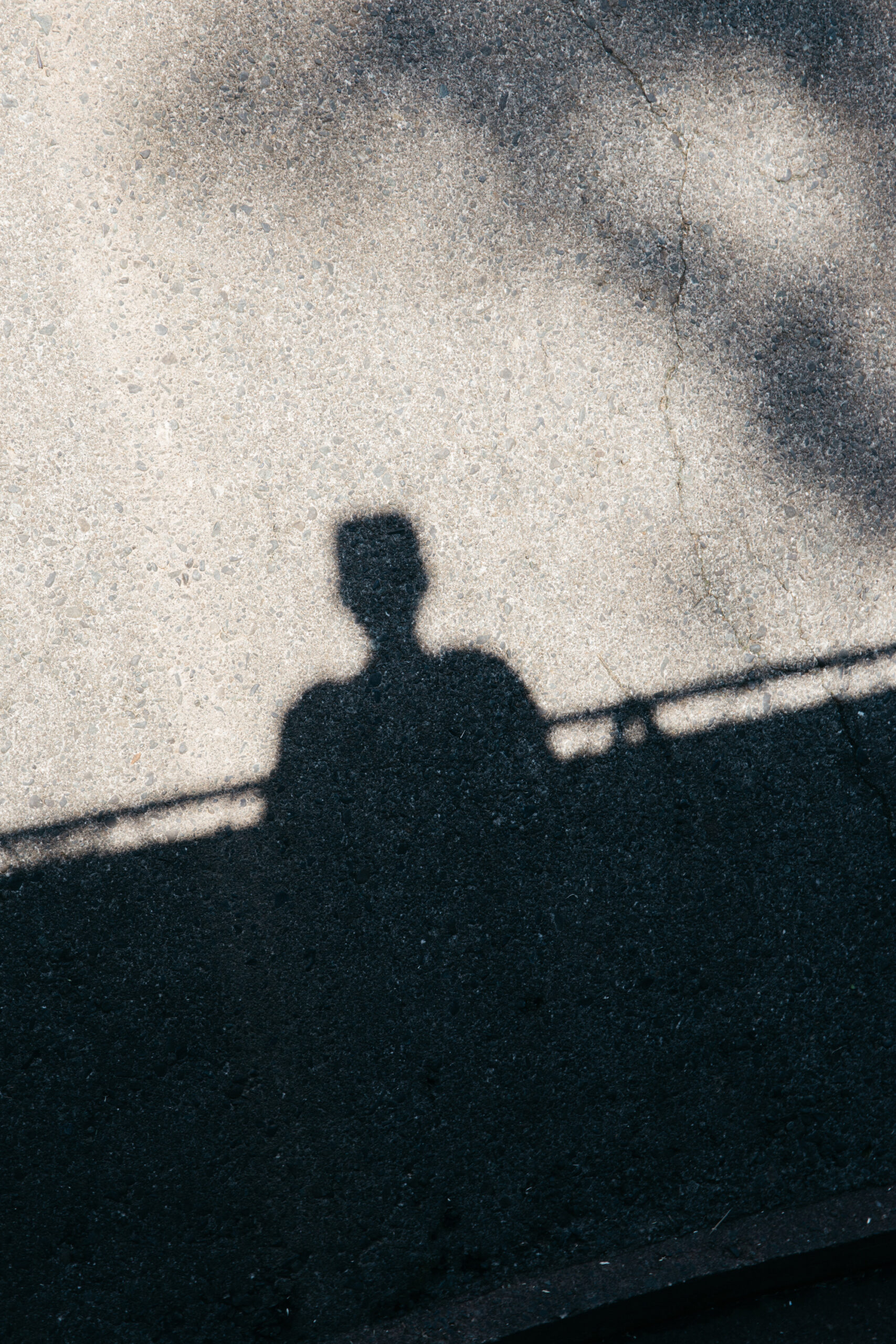
Five years after making the talked-about short film that was viewed 160,000 times, Nozaki transitioned to a filmmaker from an officer worker
──It was in 2017 when you directed the short film Summer break starring Masaki Sugata, which was released on YouTube, right?
Hirotaka Nozaki: Exactly. I made the film with Tama-chan (Shota Tamada, the designer of TTT MSW, a fashion brand) and Dutch-kun (Kento Yamada, a filmmaker). I was still an office worker at that time.
── After that film, I bet people who are close to you sensed that you would someday make a film for theatrical release. Did you always have the desire to make a film?
Nozaki: Yes. It has been four or five years since I quit my job as an office worker, and I work as a freelancer helping others with drama scripts and movie plots. I even wrote scripts and plots for feature films with the idea of directing them myself, but movies are not that easy to make. The main problem is money.
── First of all, the big obstacle is the budget, right?
Nozaki: I had been working on directing my film for the past several years, but due to the pandemic and other factors, it had been delayed. It was around that time that I received an offer to make this short film.
──Is that how the film came about?
Nozaki: Although it is a short film, it ended up being my first theatrically-released film. I received the offer in the summer of 2020. The release of this short film was also delayed by a few months due to the pandemic. The other day, we finally screened the completed film and I was pleased to see it on a big screen in a theater. Even though it is a 15-minute film, it is nice to be able to watch it in a space like a movie theatre where the audience can’t escape. If you watch it on a computer, you can skip scenes. It is also precious to have the film released as part of an omnibus filmmaking project. I was grateful for the opportunity.
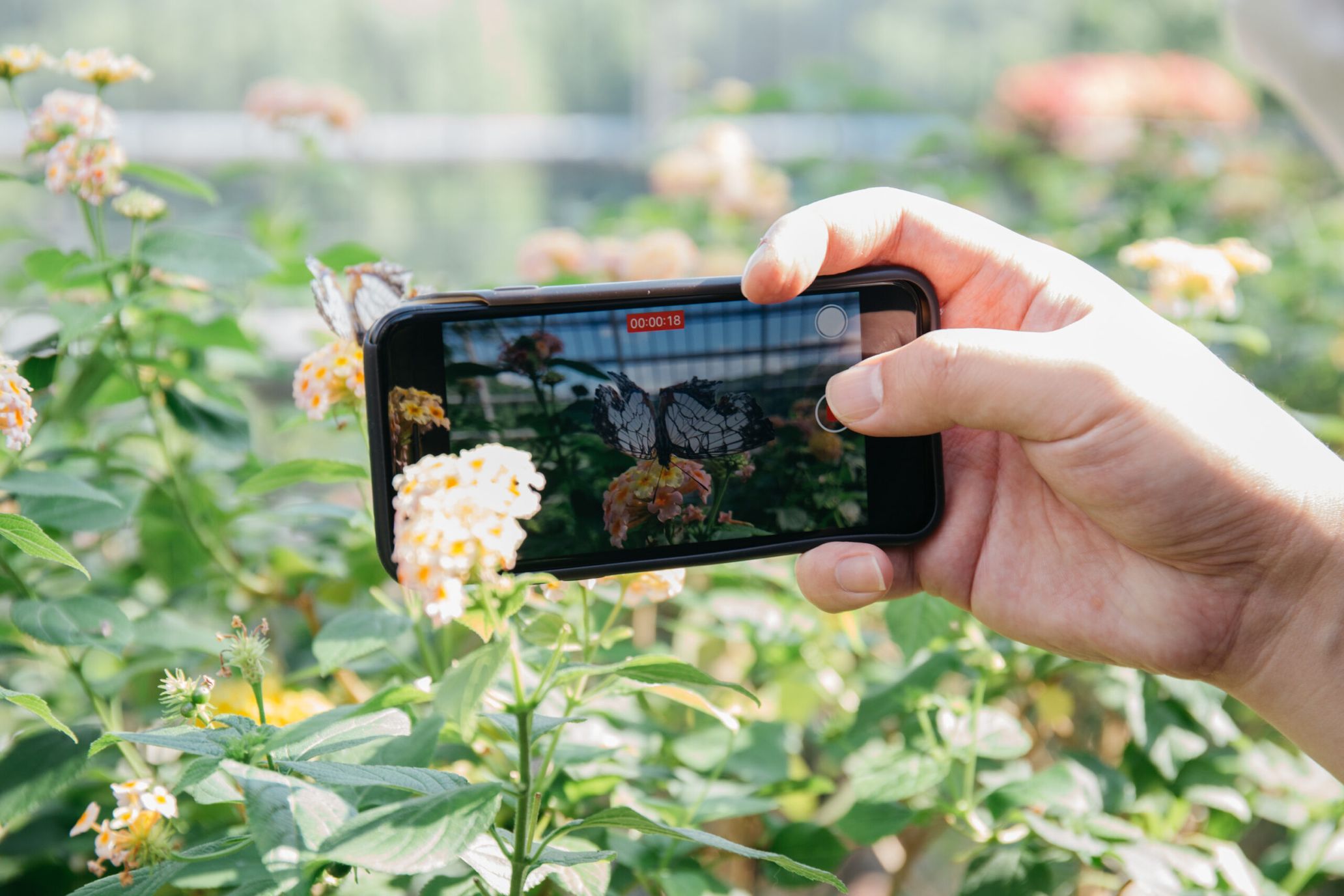
The process of making Endangered Species, in which zombies and humans coexist
──I think that Endangered Species is a 15-minute film that encapsulates your distinctive style of filmmaking. The main concept focuses on the minority existing within the majority. The film also depicts the way you see the children, your love of zombies, vampires, and creatures, and the description of the zoo is unique. When you were writing the plot, were you conscious of using it as a way to present your artistic style and taste?
Nozaki: That’s certainly the case. First of all, when I was offered to do this project, I created about five or six plots, taking into consideration the stipulated budget of 1,000,000 yen. So other stories were completely different from Endangered Species. Some of the plots were difficult to film within budget, and some of the stories unfolded in a room and could be filmed within budget.
── Do you mean a drama unfolding behind closed doors?
Nozaki: Yes. With this budget, I thought there would be dramas in closed quarters to limit the number of characters. However, I thought it would be better to have a variation in the plot to attract the audience. At one point, I decided to put the budget aside and make a film filled with elements I like. Netflix’s Stranger Things and teenage dramas are very popular right now, and I loved Gakko no Kaidan (School Ghost Stories) since I was a child, so I decided to make a story with a child as the main character and my favorite elements. I think I put in a bit too many of my favorite elements. In the end, with the support of many people through crowdfunding, I was able to complete the project.
───The way the animals in the zoo are featured, and how the film is constructed using certain images, I see that this is a film that you could only make.
Nozaki: I’m glad to hear that. Even though the film is 15 minutes long, there is a minute and a half of animal shots. 15 seconds would just be an explanation of the situation, so I wanted to make it long enough to make the viewer feel a sense of discomfort. When I was working with the editors to adjust the length of the film, I had to cut some parts to keep the length of the film under 15 minutes, but I made sure not to cut the animal scenes.
──Was the title and theme of Endangered Species decided when you were working on the plot?
Nozaki: Yes. There are many stories about a world where non-humans become the majority over humans, such as The Last Man on Earth, I Am Legend and Daybreakers. But this time I wanted to tell a story about a world where neither zombies nor vampires attack humans, and the humans are treated specially as a minority—receiving preferential treatment. There are elements of horror in the film, but it’s not scary even for a second.
──I think there is a mysterious sense of fear in the air all the way through.
Nozaki: Did you sense that, too?.
──I sensed it from the dodgeball scene at the beginning of the film. Through the main character, the boy, I wondered if this is the kind of discomfort that the royal family feels among ordinary people.
Nozaki: That’s right. It is not bullying, which is negative. It’s rather a sense of isolation where the other side treats you in a special way, but doesn’t seem to understand your feelings at all. No one is a total jerk, but I wanted to depict a protagonist who is in agony in the midst of it. If he was being blatantly bullied, I would say that would be the worst, but that is not the case for him, which makes it even more uncomfortable for him.
───How was it directing the children and teaching them how to act? I imagine it must have been both difficult and interesting in its own way.
Nozaki: Children can turn off their switch to break their concentration. I guess we can say the same about grown-ups. When the switch is turned off, they start playing. After a few hours, they usually call their mothers. As I learned about their behaviors, it was fun to direct the children.

Awareness as a minority based on real-life childhood experiences.
──Did you always have a sense of alienation caused by this kind of uncomfortable kindness that you depicted in the film?
Nozaki: I think I have always felt this way, even subconsciously. The film reflects my thoughts from the time I was in elementary school. I am not a member of the Royal Family, so I have never felt a sense of isolation, of being treated specially in a group, but I think the fear of group society is born when you are in elementary school. For example, when we were all making noise together, the teacher got angry at us and made us stand in front of everyone and said, “You interfered with class, so apologize to us!” In this instance, the peers who had been making noise with me also started to say, “Apologize! Apologize!” I witnessed how the ones who had been making the noise with me suddenly changed their attitude.
──I totally get that.
Nozaki: I have had the experience of feeling the fear and danger of such a group mentality since I was a child, so I may have always had a twisted feeling toward the majority.
──In other words, you have always been aware that you are on the minority side?
Nozaki: For example, when I was asked about films that I liked, it’s not that I was met with comments such as, “You’re watching that kind of film? That’s creepy.” No one was mean to me, but my taste is particular. I have lived my life as a good-natured person, but that may be partly because I have become a good-natured person as a result of a series of bad experiences.
──You are a good-natured person, or rather, you are very social.
Nozaki: I like people. I love my friends. But there are times when I feel detached in a group atmosphere.
──You suddenly feel serious?
Nozaki: I can get animated when I am watching sports or having a good time with friends, but there are times when I suddenly become calm and still.
──I have the impression that you are always observing people. Even when you are with friends, I think you enjoy the moment and observe them as if you are staring at animals in a zoo. You are observing the differences of each individual and how they behave.
Nozaki: It is true that since I started going to the zoo more often, I have come to love all living creatures as a whole, and that there are many different kinds of people, just like animals. Even if someone pisses me off, I try to imagine that person’s childhood. When I do that, I don’t get so angry anymore. If I think, “This person became this kind of person because of these things that happened to him or her,” I don’t feel that I have to deny the person at all. I try not to make a big deal, but I do get pissed off at other people. But now that I’ve grown up, I am not as inclined to get “pissed off” as I used to be. But it still happens sometimes.
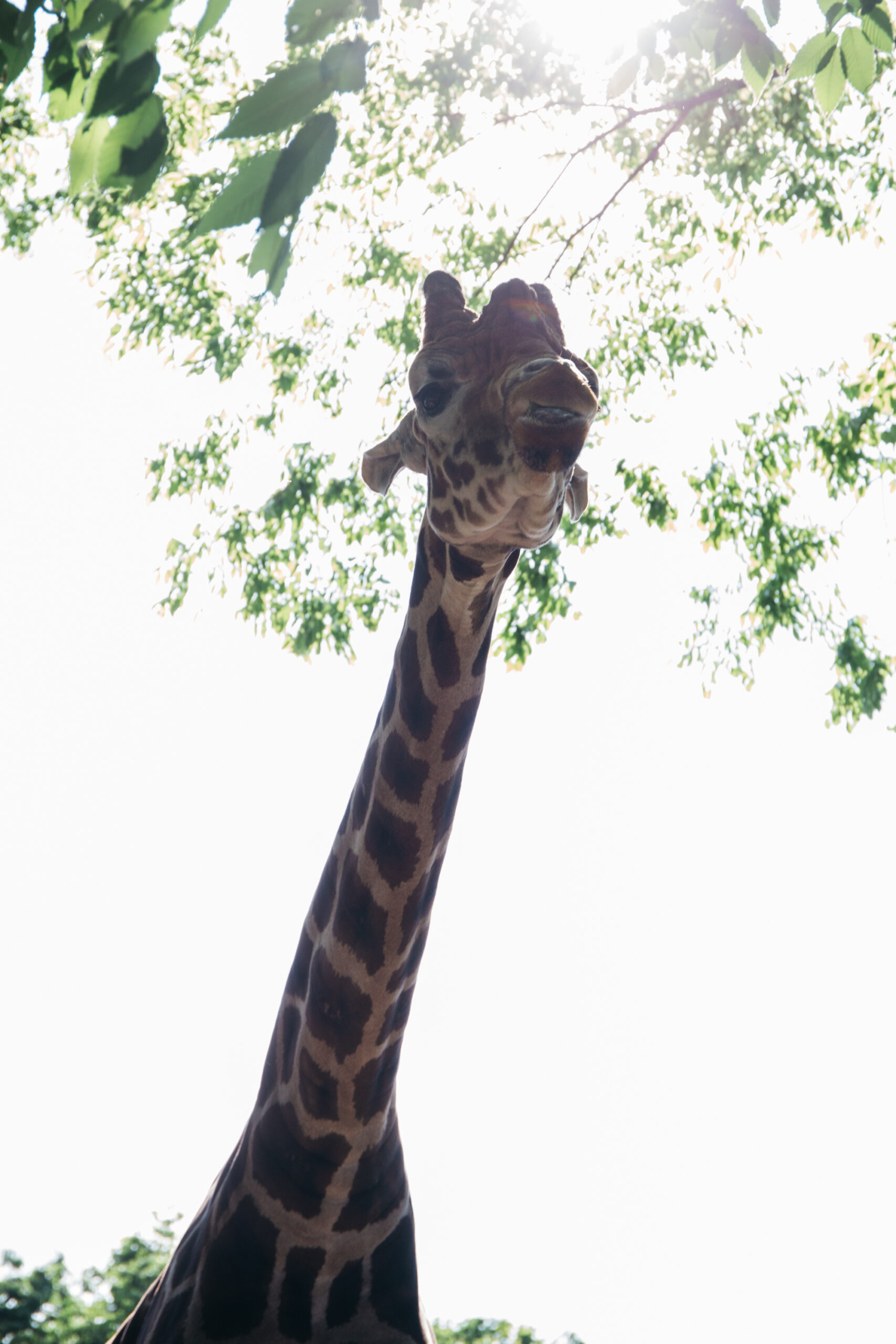
Attracted by the instinctive behavior of living creatures
──So, frequenting the zoo became a daily routine for you, and that was a big turning point?
Nozaki: It was huge. I started going to the zoo frequently after graduating from university when I was still in a daze after my job search didn’t go well. At first, I spent time there not only observing animals but also thinking about myself. At that time, I was escaping to the zoo every day, so my friends were worried about me. Looking back, I think the time when I was looking for a job in my fourth year of college was probably the time when I was trying to figure out my environment thoroughly and objectively. I put aside what I liked and felt like pandering to those around me for the time being. But as it turned out, it didn’t work out, and it wasn’t a fun time for me either. Now I am not making any money, but I am happier as a person.
──For example, I feel that many of your video works, including the music video you directed for ODD Foot Works “KAMISAMA,” depict chewing or inhaling something through the mouth. Is this some kind of your fetishism?
Nozaki: That’s right. I wasn’t really aware of it myself, but when I look at the films I have directed so far, I see that I usually include scenes of eating or actors putting something in their mouths.
──I think that the act of chewing or putting something in a mouth is directly connected to the act of living, but I wonder if you are also attracted to the instinctive appearance of living creatures.
Nozaki: Any living creature would die if it did not eat, and no matter what their ideology, they all look the same when they are eating or sleeping. Maybe that’s why I like it. It’s like the moment when everyone becomes a plain living creature.
──That is when we are the most vulnerable.
Nozaki: I guess I like looking at people munching their food.
──You mean when they munch, munch…..
Nozaki: The music video for “KAMISAMA” also has a scene where you kill a person and inhale human memories (tapioca) from the corpse’s head. But I actually don’t like real blood. When I see it, it makes me sick. I feel anemic. But I like to see blood stains and other artificially created sloppy things in the fictional world of movies. In this video, I made the color of the blood a little darker than fresh blood.
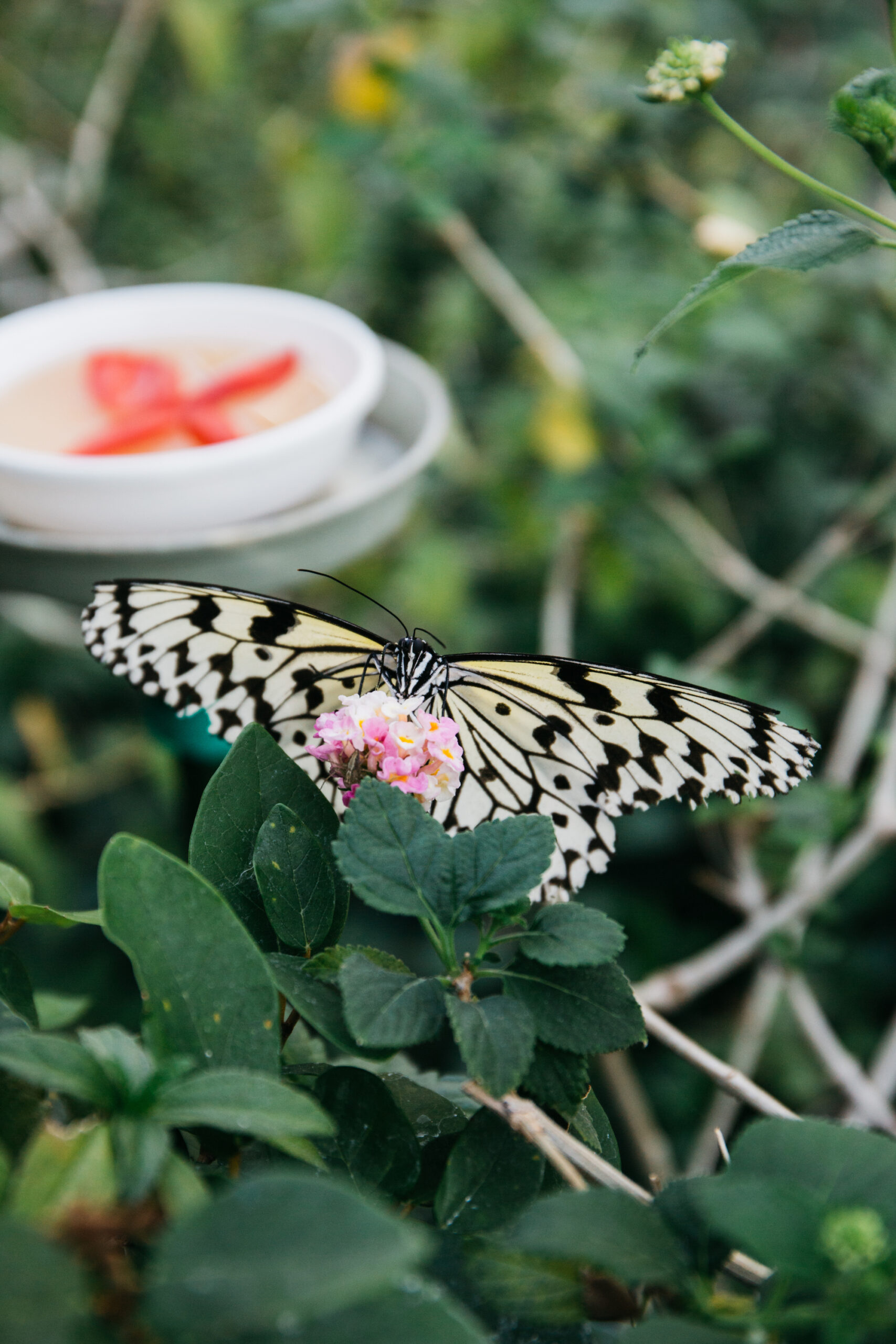
The experience of watching horror films with my mother
──Can we say that the color of the blood is the thematic color in your films? I think you have been exposed to a variety of films since you were very young. What was your primary experience with movies?
Nozaki: I’m more of a movie buff now, but my mother used to watch horror movies at home. My relatives also tell me, “You have been watching live-action horror movies since you were 2 or 3 years old.”
───There is a general implicit rule not to show horror movies to young children, but I guess it was different in the household you grew up?
Nozaki: I wonder why that was the case. I was never told, “You are a child, so you are not allowed to watch this kind of thing.” I watched Child’s Play and Friday the 13th when I was in nursery school or first grade. Horror movies were gradually being taken off the air on the terrestrial wave because of the criticism of horror movies due to the effects of actual incidents, but when I was in elementary school, movies such as Friday the 13th were broadcast on the terrestrial wave, although some of the cruel scenes were cut out. When I talked to the elementary school students during this shoot, they all said they watched Squid Game on Netflix. I think little kids also like stories where people die and things that are a little scary. Also, I still remember that the director’s cut version of The Exorcist was released in 2000. I was in the 5th grade at the time, and we went to see it in the theater at the end of the year when it was snowing. I was really scared of the scene where the girl comes down the stairs backward. I was so traumatized by it that I couldn’t climb the stairs in my house anymore. I really liked watching horror movies and being scared.
──So you were exposed to various cultures through movies?
Nozaki: Exactly. Most of my introduction to music was through movies. I became an avid fan of Slipknot, Marilyn Manson, and Rob Zombie in junior high school because they were often played in horror movies. I also got into Elliott Smith because of Gus Van Sant’s Paranoid Park, and I started to listen to The Rolling Stones after watching Full Metal Jacket. …… I also learned about David Bowie’s famous songs through the movie. It was also through movies that I became friends with Reiji-kun (Okamoto Reiji of OKAMOTO’S). At one point, we went to three movies a day. I made most of my friends through movies.
──And then you go to the zoo with the people you have become friends with?
Nozaki: Yes. The good thing about the zoo is that everyone can enjoy themselves even if they do things on their own. When you meet someone in a normal setting, you have to be careful, but when you are at the zoo, you can act freely.
──And do you also have this sense that you are spending time together?
Nozaki: Yes, I think so. I really enjoy that feeling.
──What is your vision as a filmmaker?
Nozaki: I would like to start preparing for a feature film soon. At first, I was writing a feature film that is not a horror film at all, in which no one really dies. Of course, I would like to make a film like that. However this time I want to make a horror film that includes my favorite elements. I want to write scary stories with children as the main characters, like Gakko no Kaidan (School Ghost Stories). I would also like to make a film in which there is a lot of blood. In that sense, Endangered Species brought me back to my roots and made me want to pursue what I love. However, to be honest, I had wanted to make a debut with my first theatrical film in which no one dies.
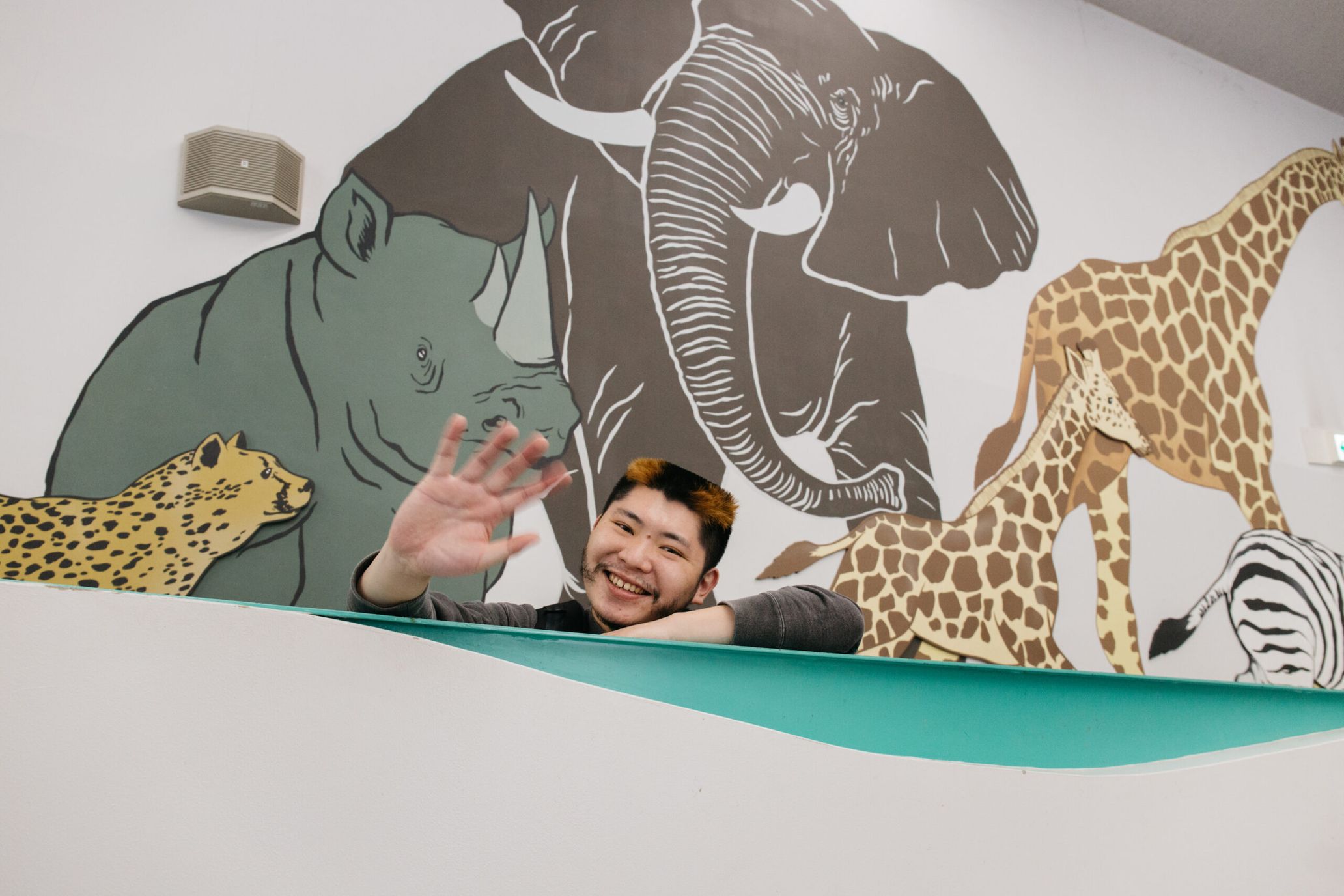
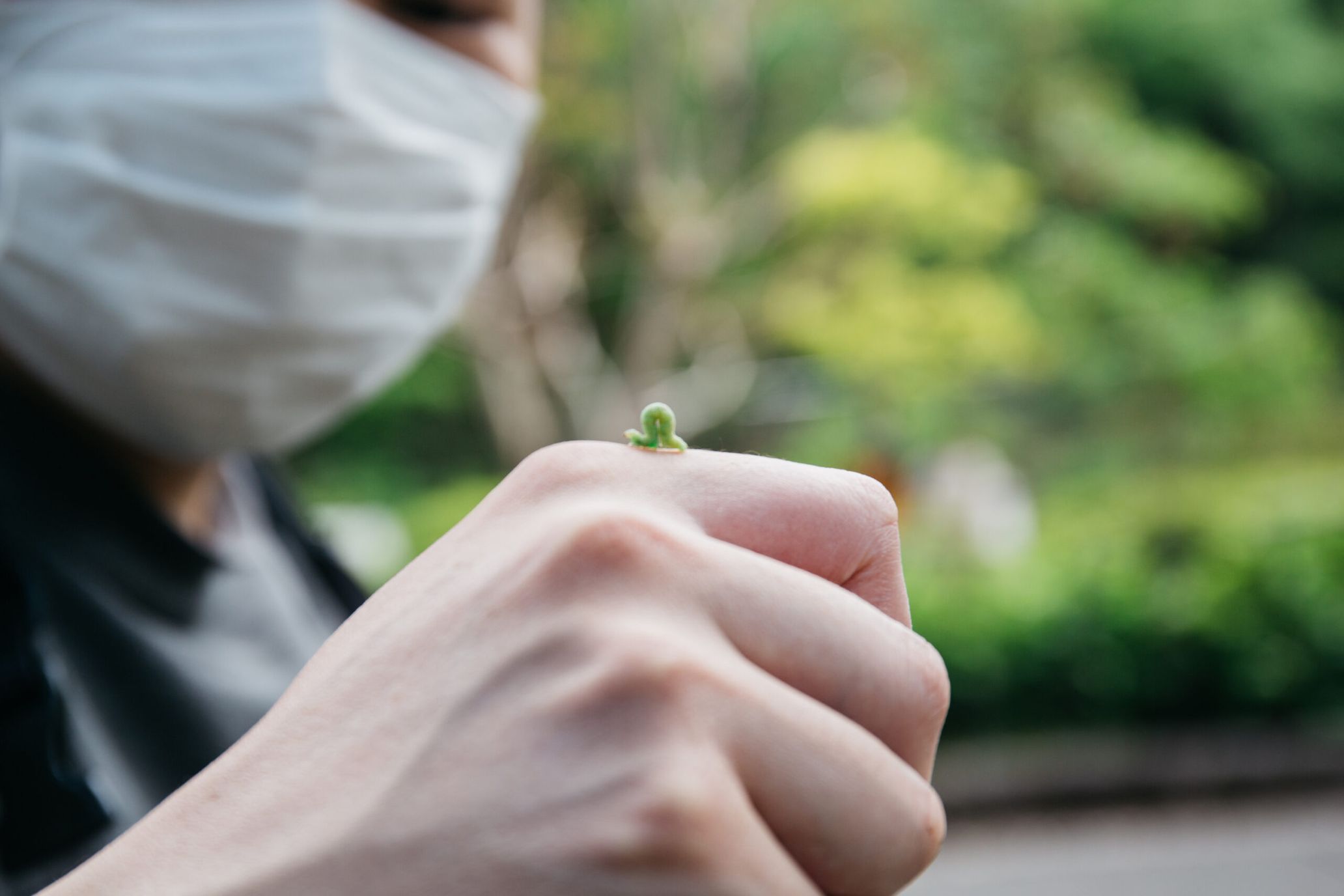
Hirotaka Nozaki
Born in 1988, Nozaki is a filmmaker. After graduating from college, he worked for a company that handled licensing. Concurrently he appeared on a radio show with Hiroto Komoto and on a TV show as a friend of Kyary Pamyu Pamyu. In 2017, he was featured in a campaign for WEGO. He designed the artwork and band merch for Wednesday’s Campanella’s album “UMA” and shot the video for ODD Foot Works’ single “KAMISAMA”. His short film Summer break, starring Masaki Sugata was viewed more than 120,000 times and became a hit.
Edit Noriko Wada
Photography Yuki Aizawa
Translation Fumiko.M

